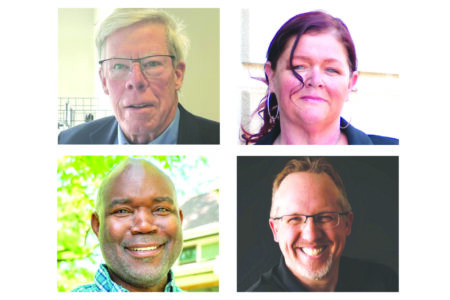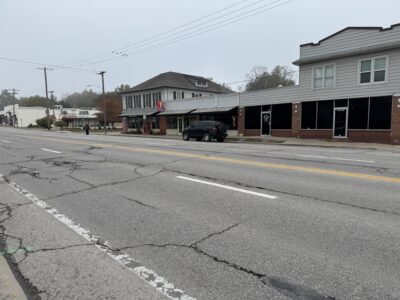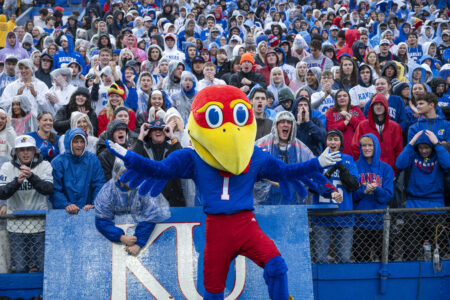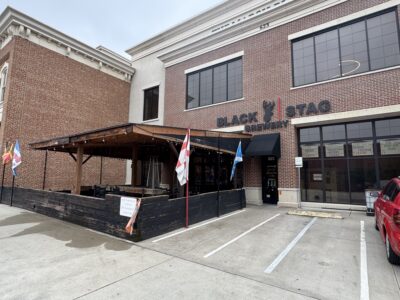
Back-to-school season produced sales tax surge locally, latest report shows; KU football may start boosting numbers
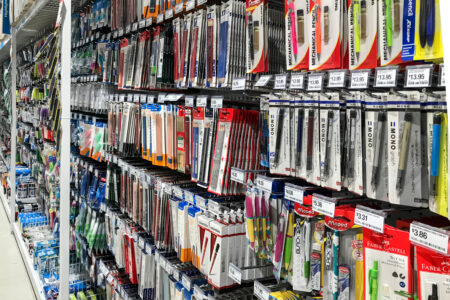
photo by: AdobeStock
Back-to-school supplies are shown in this 2020 photo.
Retail sales during the back-to-school period surged more in Lawrence than in any other major retail community in the state, according to the latest figures from the Kansas Department of Revenue.
It kind of makes you wonder what KU students filled their dorm rooms with this year that they didn’t last year. (I’m not volunteering to look.)
From mid-July to mid-August, retail sales in Lawrence rose by 8.7% compared with the same period a year ago, according to the state report. That was well above the statewide average of 2.3%, and only Olathe came close to equaling Lawrence’s growth during the period.
Here’s a look at the one-month totals.
• Lawrence: up 8.7%
• Olathe: up 8.1%
• Lenexa: up 7.0%
• Sedgwick County: up 4.0%
• Manhattan: up 3.0%
• Salina: up 2.4%
• Topeka: up 0.4%
• Shawnee: down 1.9%
• Merriam: down 2.7%
• Kansas City: down 11.6%
• Statewide: up 2.3%
While I joke about what KU students were buying as part of their back-to-school arrival process, it is likely that KU activity played a significant role in the one-month gain. When the Kansas Board of Regents releases fall enrollment figures — which should be any day now — I do expect that KU will post a record enrollment for the second consecutive year. At least that is what the chancellor and other KU officials were projecting earlier in the process.
Then, there is the matter of football.
If you remember, KU played its home football games last year in Kansas City because of construction underway at David Booth Kansas Memorial Stadium. The games are back in Lawrence. The first one was on Aug. 23, so it is possible that some retailers were able to include their sales from that game day as part of their September report to the state. A greater number, however, probably will have those figures show up in next month’s report.
In other words, these numbers might be the first sign of what KU football returning to Lawrence means for the local economy, but the bigger impact probably will be in next month’s report. That should be interesting to watch. In addition to just having fans and their wallets back in the city, I’ve heard from multiple people connected to KU that spending levels at the stadium are night-and-day different from past years. Concession stands in the renovated portion of the stadium are more numerous, and many of them are self-serve style, which means purchases happen much more quickly. Quicker spending usually means more spending.
Whatever the case, budget-makers at Lawrence City Hall surely welcome the uptick in sales tax revenue, which is the largest single source of revenue for the general operations of the city. Despite the latest increase, though, the city is still a bit behind the pace it needs to be on to hit its sales tax projections for the year. The city is generally counting on about 5% growth from last year’s sales tax figures. With the latest increase, the city is now at about 4% growth, year-to-date. Here’s a look at how other major retail communities in the state are doing for the year.
• Manhattan: up 4.9%
• Salina: up 4.1%
• Sedgwick County: up 4.1%
• Merriam: up 3.9%
• Lawrence: up 3.9%
• Olathe: up 3.1%
• Topeka: up 2.5%
• Lenexa: up 1.4%
• Shawnee: up 0.7%
• Kansas City: down 0.9%
• Statewide: up 3.1%
This latest report from the state accounted for the ninth of 12 sales tax checks the city will receive for the year. In other words, we are at the three-quarters mark. Given that, here’s a look at how sales tax collections in other area communities are faring in 2025.
• De Soto: up 15.8%
• Perry: up 13.6%
• Basehor: up 8.5%
• Gardner: up 6.4%
• Spring Hill: up 4.6%
• Oskaloosa: up 4.5%
• Overbrook: up 3.3%
• Baldwin City: up 2.1%
• Bonner Springs: up 1.7%
• Tonganoxie: down 0.3%
• Lecompton: down 2.5%
• Eudora: down 2.6%
• Leavenworth: down 3.8%
• Wellsville: down 6.8%
I last ran this report of area communities at the end of June, the halfway point of the year. At that point, three of the 14 communities we track had posted negative sales tax numbers year-to-date. Now, it is up to five communities in negative territory. That trend has held true throughout the state, it appears. In June, local sales tax collections statewide were up 3.9% for the year. Now they are at 3.1% for the year. That trend basically was true in Lawrence too. The city’s sales tax collections were up 4.1% for the year at the end of June mark, compared to 3.9% now.
In other words, the third quarter of the year wasn’t terrible, but also wasn’t stellar for most communities.


